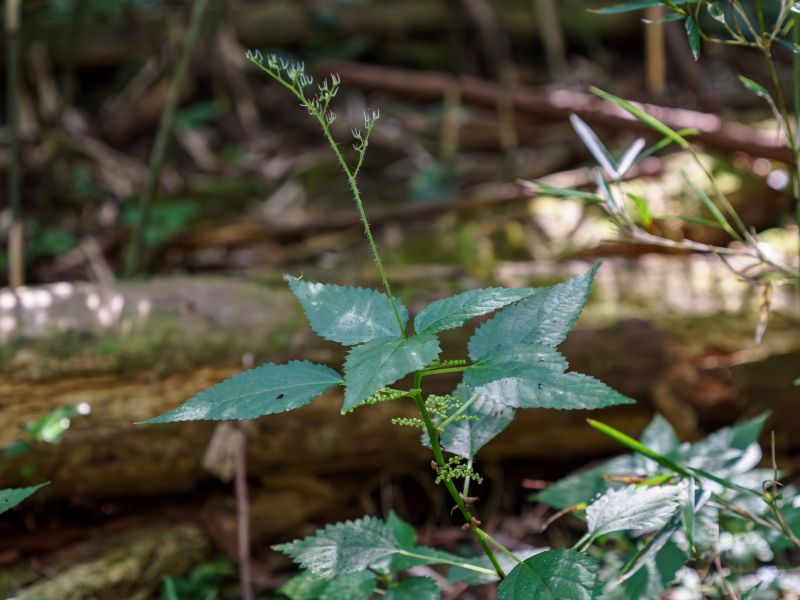フィールド日記
2025.09.19
ダンドボロギク
ダンドボロギクが咲いています。北アメリカ原産のキク科の一年草です。伐採跡地などによく生え、市街地よりも山地に多いようです。
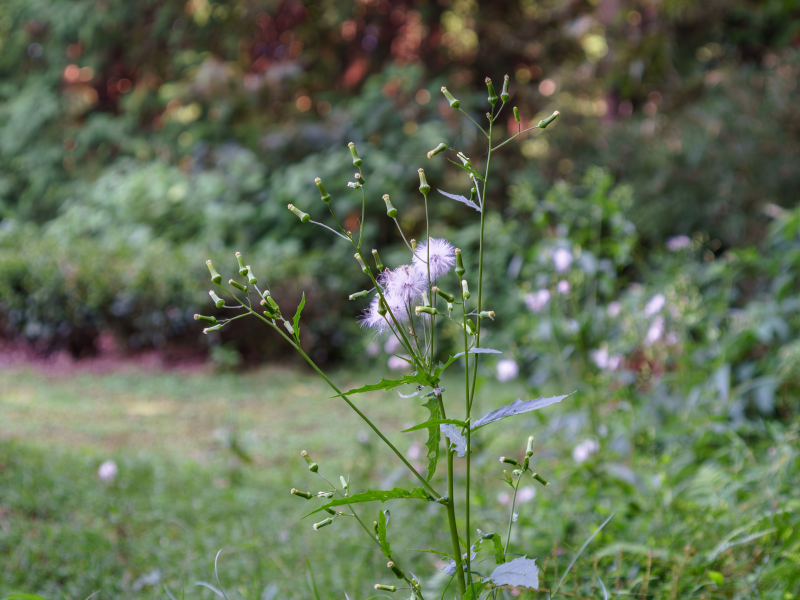
2025.09.16
ヒカゲイノコヅチ
ヒカゲイノコヅチが咲いています。林内に見られるヒユ科の多年草です。花は緑色であまり目立ちません。イノコヅチという名前は、果実がイノシシの体にくっついて散布されることに由来するようです。
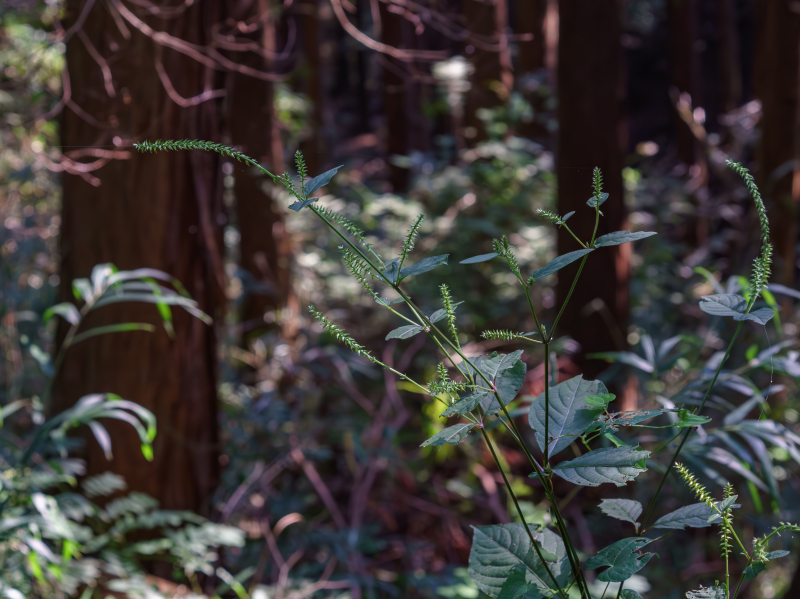
2025.09.12
アキカラマツ
アキカラマツが咲いています。草原などに生えるキンポウゲ科の多年草です。花には花弁がなく、がくも開花してすぐに脱落するため、多数のおしべだけが目立ちます。
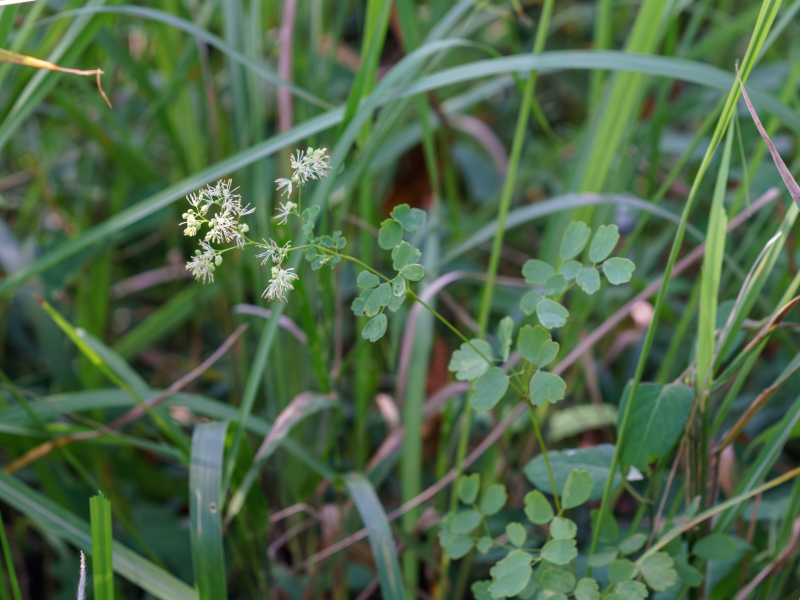
"Aki-Karamatsu" plants are in bloom. They are perennial plants in the Ranunculaceae family that grow in grasslands. Their flowers lack petals, and the sepals fall soon after flowering, leaving only the many stamens outstanding.
2025.09.09
キバナガンクビソウ
キバナガンクビソウが咲いています。林縁に生えるキク科の多年草です。単にガンクビソウとも呼ばれます。他の近縁種と同様に、和名のガンクビは花の形が、煙管(キセル)の先端部分の雁首(がんくび)に似ていることに由来します。
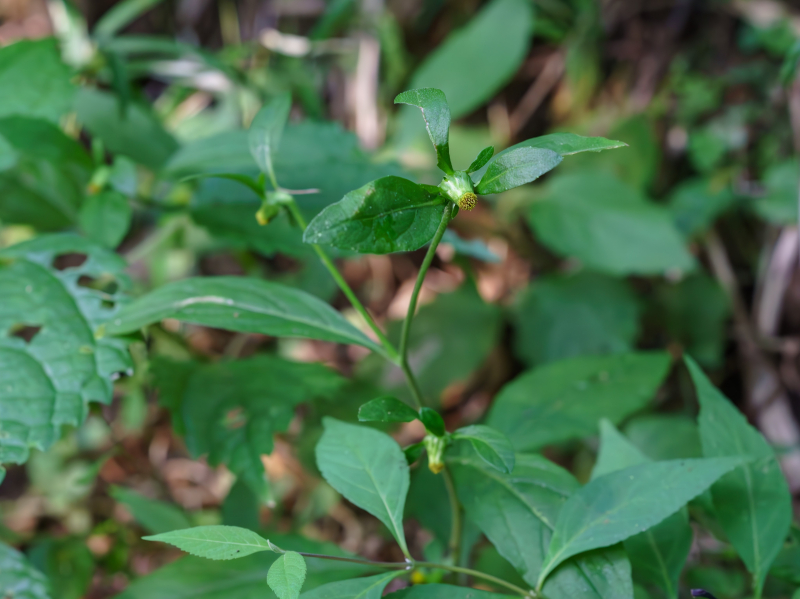
2025.09.05
ケナシヒメムカシヨモギ
ケナシヒメムカシヨモギが咲いています。空き地などに生えるキク科の越年草で、アメリカ原産の帰化植物です。西日本に多いようです。キャンパス内では茶草場で群生しています。
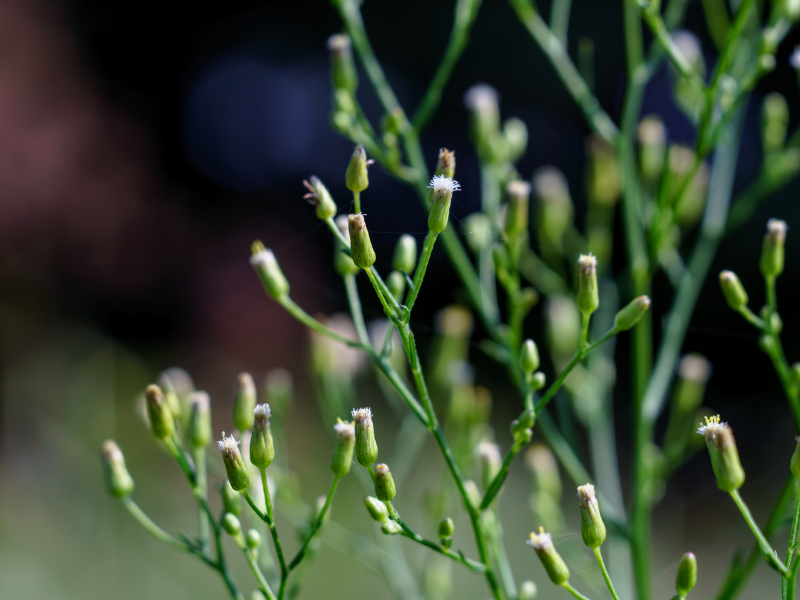
"Kenashi-Hime-Mukashiyomogi" plants are in bloom. These winter annuals in the Asteraceae family grow in vacant lots and are originally from North America. In Japan, they are more commonly found in western regions. On our campus, they grow in clusters within the Chagusaba field.
2025.09.02
ウリクサ
ウリクサが咲いています。畑などに生えるアゼナ科の一年草です。和名は、花のあと、小さいウリのような形の果実をつけることに由来するようです。

2025.08.29
ツブノセミタケ
ツブノセミタケが発生していました。セミの幼虫に寄生する菌類で、いわゆる冬虫夏草と呼ばれる仲間です。北海道から西表島まで広い範囲に分布しています。地上部と地下のセミをつなぐ柄は30cmほどになることもあるそうです。
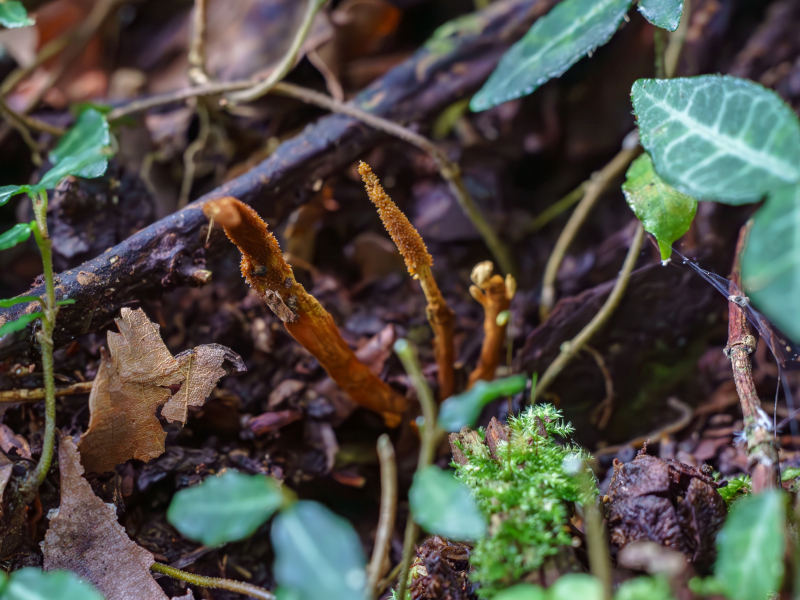
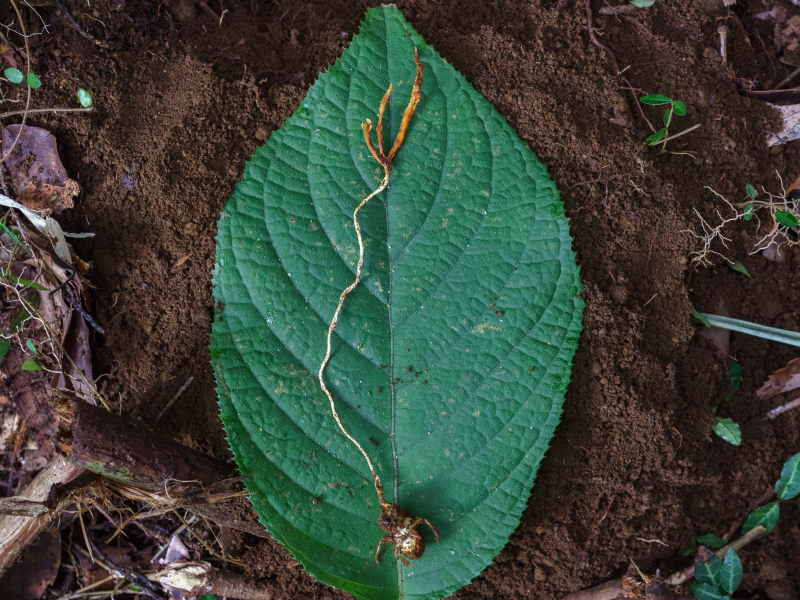
2025.08.26
タマアジサイ
タマアジサイが咲いています。沢沿いなどに見られるアジサイ科の低木です。和名はつぼみの時期に苞葉に包まれて球状になることに由来します。
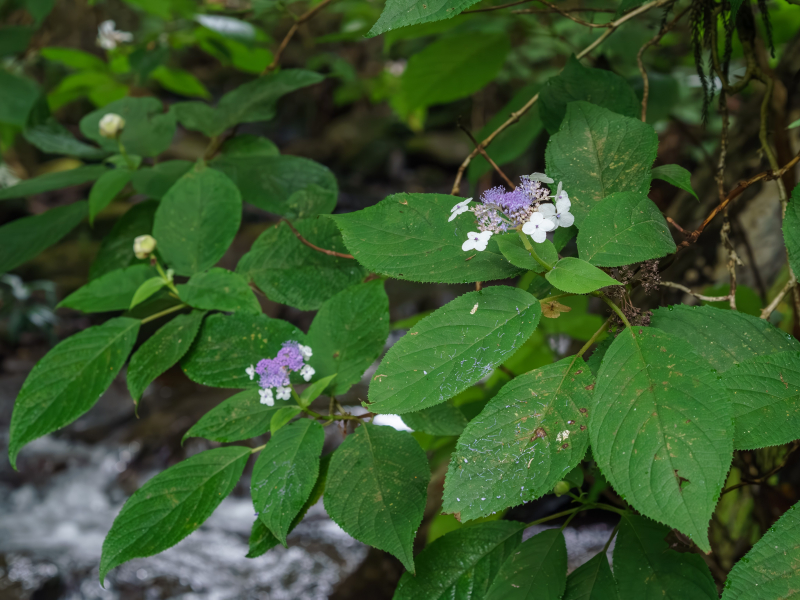
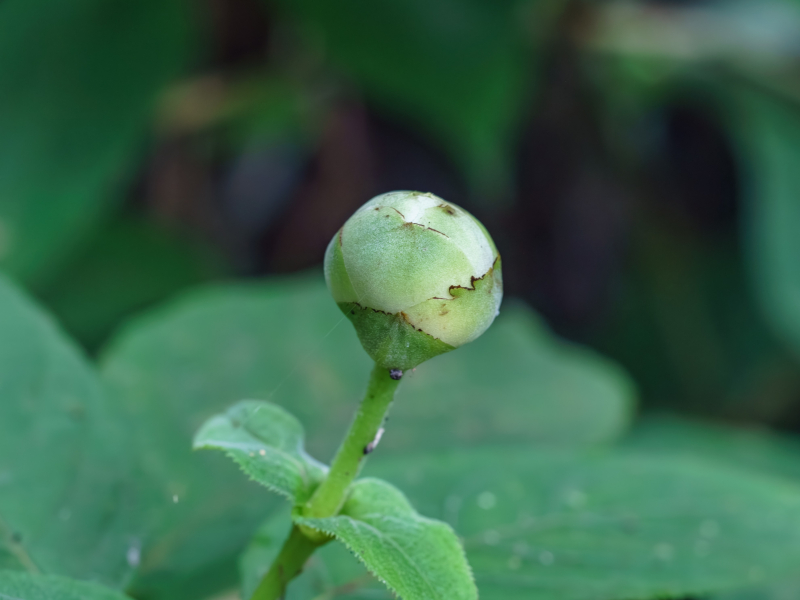
2025.08.22
ホソエノアカクビオレタケ
ホソエノアカクビオレタケが発生していました。ハエ類の幼虫に寄生する菌類で、いわゆる冬虫夏草と呼ばれる仲間です。沢沿いの岩の上にあるコケから発生することが多いようです。とても小さく、意識して探さないと見過ごしてしまいます。
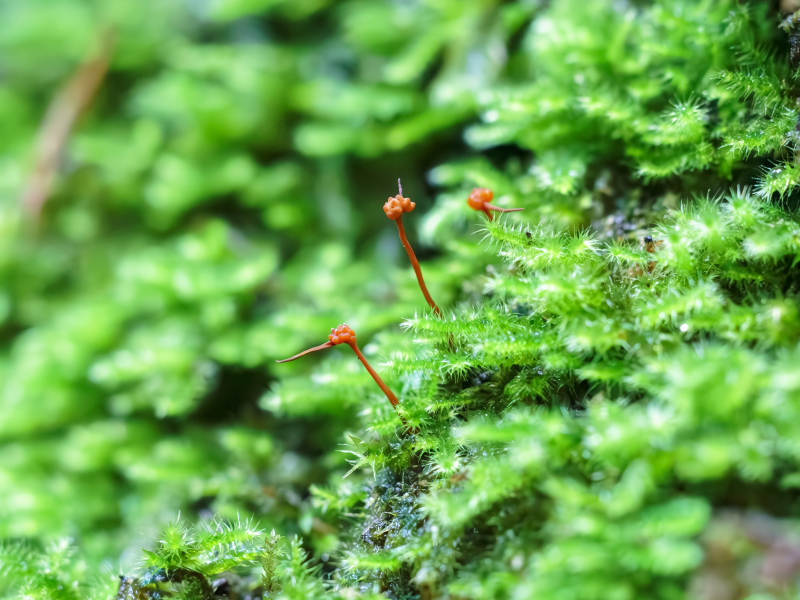
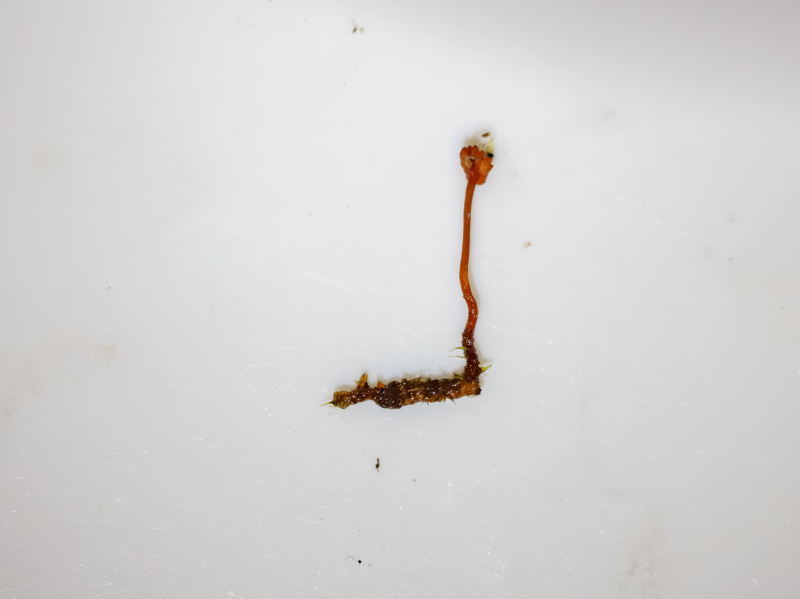
2025.08.19
ムカゴイラクサ
ムカゴイラクサが咲いています。林床に生えるイラクサ科の多年草です。葉や茎に刺毛があり、刺さると強い痛みがあります。和名の通り、葉の付け根にむかごをつけます。
